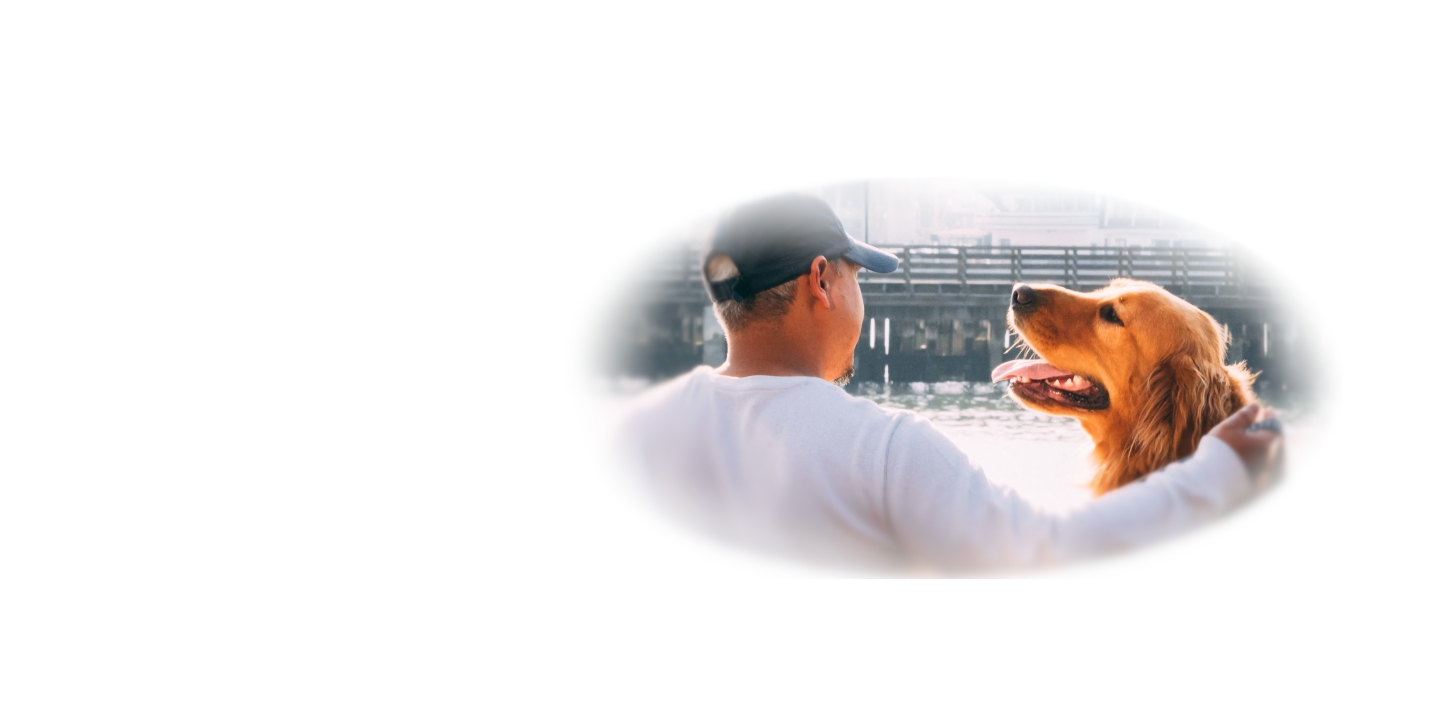Glaucoma
Glaucoma can cause blindness
Rapid treatment may save your dog’s sight
Glaucoma starts with subtle signs, maybe a slightly red eye and some squinting. Those symptoms don’t seem like much of a problem, but they are, and you should always take the dog for an exam. If the disease progresses without treatment, blindness will result.
Glaucoma occurs when fluid cannot drain properly from the eye, causing increased intraocular pressure (IOP). Prolonged high IOP can damage the optic nerve and result in blindness. Primary glaucoma is usually first apparent in one eye, but the second eye will become involved eventually. With secondary glaucoma, one or both eyes may develop glaucoma depending on the underlying cause.
Inside the eye
The ocular fluid is called the aqueous humor, and it is largely produced by the ciliary body. In primary glaucoma, there is a malformation of the angle where the cornea and iris meet (called the irido-corneal angle), leading to decreased drainage of aqueous humor.
In addition, an overabundance of abnormal protein structures may cause increased resistance to flow. As a result, pressure within the eye builds because of inadequate drainage.
Causes
Vision disrupted by glaucoma may or may not be salvageable. Much of it depends upon how quickly the disease is caught and what the cause is determined to be. Primary glaucoma can have breed-based or other heredity links.
Secondary glaucoma is a result of trauma or disease, including:
- Inflammation (uveitis)
- Cancer of the eye (such as melanoma)
- Cataracts
- Eye surgery (such as for cataracts)
- Lens luxations
The determination of if a dog has primary or secondary glaucoma is made during the ophthalmic evaluation. Understanding whether a dog has primary or secondary glaucoma is helpful, as this information can help provide a more accurate prognosis and help determine whether treating the unaffected eye would be beneficial.
Diagnosis
A diagnosis of glaucoma is made by measuring the pressure within the eye using a tonometer. Normal canine eye pressures can vary but typically normal is a maximum of 20-28 mmHg (millimeters of mercury) in each eye.
Proper technique is essential when measuring pressure. The neck, jugular vein and eyeball cannot be compressed by the restrainer as that may cause falsely elevated results. Similarly, the instruments must be used at a precise angle to obtain proper readings. Most importantly, pressures should be measured in both eyes for comparison. Normal pressures vary among breeds and individual dogs.
Treatment
If glaucoma is confirmed, immediate treatment is needed to save the dog’s vision. Your veterinarian will likely refer your dog to a veterinary ophthalmologist.
Eye pressures above 40-50mm require emergency treatment. Prostaglandin (PG) analogue eye drops (such as latanoprost, travoprost, or bimatoprost), can be effective in bringing pressures down to normal rapidly. Other medications, including carbonic anhydrase inhibitors (such as dorzolamide and brinzolamide) and beta blockers (such as timolol) can also be used.
Surgery
Surgical options are used when the other treatments don’t work for primary glaucoma, and select cases of secondary glaucoma, in an eye where vision could be preserved. In a procedure called cyclophotocoagulation, a laser can destroy the ciliary body epithelium, decreasing the amount of fluid produced. (The ciliary body produces most of the aqueous humor).
Another possibility is gonio-implantation, in which a small hole or channel called a shunt is strategically placed to bypass the diseased irido-corneal angle. The excess fluid is diverted and absorbed elsewhere, so pressure cannot build.
Even with treatment, glaucoma is a progressive condition. In most cases, blindness eventually will occur. At that time, salvage procedures, like enucleation or evisceration, can be done.
In enucleation, the eye is removed under anesthesia, and the socket is sewn up, either with or without a prosthetic eyeball in place. Evisceration is similar to enucleation except that all the intraocular contents are removed (rather than just the eyeball itself).
In cases where an owner declines evisceration or enucleation, an intravitreal injection of gentamicin can be done. The vitreous is the thick, jelly-like fluid in the posterior chamber of the eye that helps maintain the shape.
Gentamicin is an antibiotic that will destroy the ciliary body so that aqueous humor cannot be produced. Eventually, the eye may shrink and becomes painless (called phthisis bulbi). This is not the preferred procedure, as in some cases, the ciliary body can recover. The overall success rate is 65-80%. However, dogs can be overdosed with gentamicin, causing it to accumulate in the bloodstream. If that occurs, gentamicin can damage the kidneys, so this procedure must be done with extreme caution.
Bottom line
While glaucoma is a progressive disease, treatment options are available. The most important aspect is early diagnosis. If you notice any abnormality in your dog’s eyes, a veterinary examination is in order.
What you should know
Clinical signs of glaucoma:
- Squinting
- Corneal edema (a white haze)
- Tearing
- Loss of sight
- A bright red, bulging eye (called buphthalmos)
- Dilated pupils
- Lethargy
- Lack of appetite
- Dilated or slow-moving pupil
- Pain
This article has been reprinted with permission from the Cornell University College of Veterinary Medicine’s DogWatch newsletter, published by Belvoir Media Group. When you become a member of the Riney Canine Health Center, you will receive a free subscription to DogWatch.
Updated July 2024

